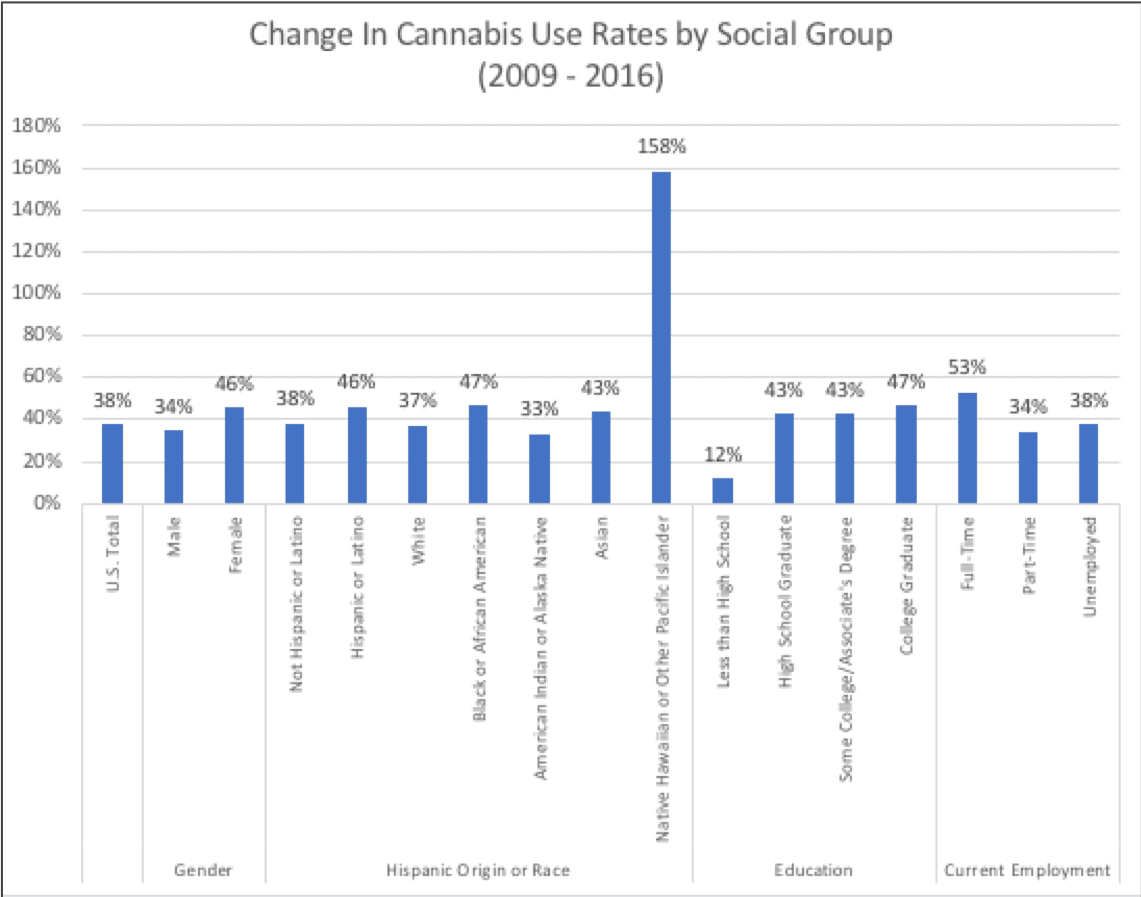Ask Our Experts 08/26/2018


Q: I’m curious which population segments are increasing their use of cannabis? Where is the growth?
Overall, the rates of cannabis use in the U.S. have increased significantly in the past few years. Since 2009, the number of adults (18+) who report using cannabis in the past month – a proxy measure of frequent users – has increased 38%, from 6.6% to 9.1%. That is equivalent to an additional 7.45 million Americans reporting that they are using cannabis more frequently.
However, the increase has not translated uniformly across demographic groups nationwide. While men use cannabis at nearly twice the rate as women (11.7% versus 6.7%), usage rates among women have risen significantly faster than among men since 2009, in part due to the rise of cannabis products and services tailored to women, and also the growing science about the efficacy of cannabis when used for medical conditions prevalent among women.
When viewed by race, the increase has been highest among native Hawaiians and Pacific Islanders, for whom past month usage has more than doubled, from 3.6% to 9.3%. Comparatively, Native Americans and Alaskan Natives, who had some of the highest cannabis use rates among all groups (14%), saw the smallest change since 2009, increasing just 33%.
Differences by educational levels provide additional indicators of how usage might trend with legalization. Current usage rates are highest among people with some college education (11.3%) – a reflection of the traditional strong support for cannabis legalization and widespread use among college students – followed by high school graduates (10%), then people with less than a high school education (8.3%). College graduates have historically had the lowest usage rates at 6.6%, yet usage has risen fastest among them, indicating that the barriers to cannabis use among educated consumers are falling as legal cannabis becomes more widely available and destigmatized, and the relative harms of cannabis compared to alcohol, tobacco, and other drugs are better understood.
While unemployed people have historically used cannabis at nearly twice the rate of full-time workers (17.9% vs. 9.5%), usage rates among full-time workers has increased (53% compared to 38%) among the unemployed. The growing use of cannabis among full-time workers is reflective of both the broader cultural shift toward greater cannabis acceptance, as well as changes in workplace policies (such as the waning of pre-employment drug screenings).
As Bloomberg reported in March 2018, the combination of a historically low unemployment rate and the continued expansion of adult use legalization is pushing many companies to eliminate pre-employment drug screening in order to better attract talent. The trend is likely to continue as social attitudes shift in favor of cannabis, and more states legalize its use.
With nearly two-thirds of the American public now supporting some form of legal cannabis, we expect to see increased acceptance of cannabis across all demographic groups. However, we do not anticipate that usage rates will become consistent across all groups: We expect that groups which have historically had the highest use rates (such as males, college students, and the unemployed) will continue to persist, whereas groups with historically low cannabis use (females, Asians, full-time workers) will remain comparatively lower.





